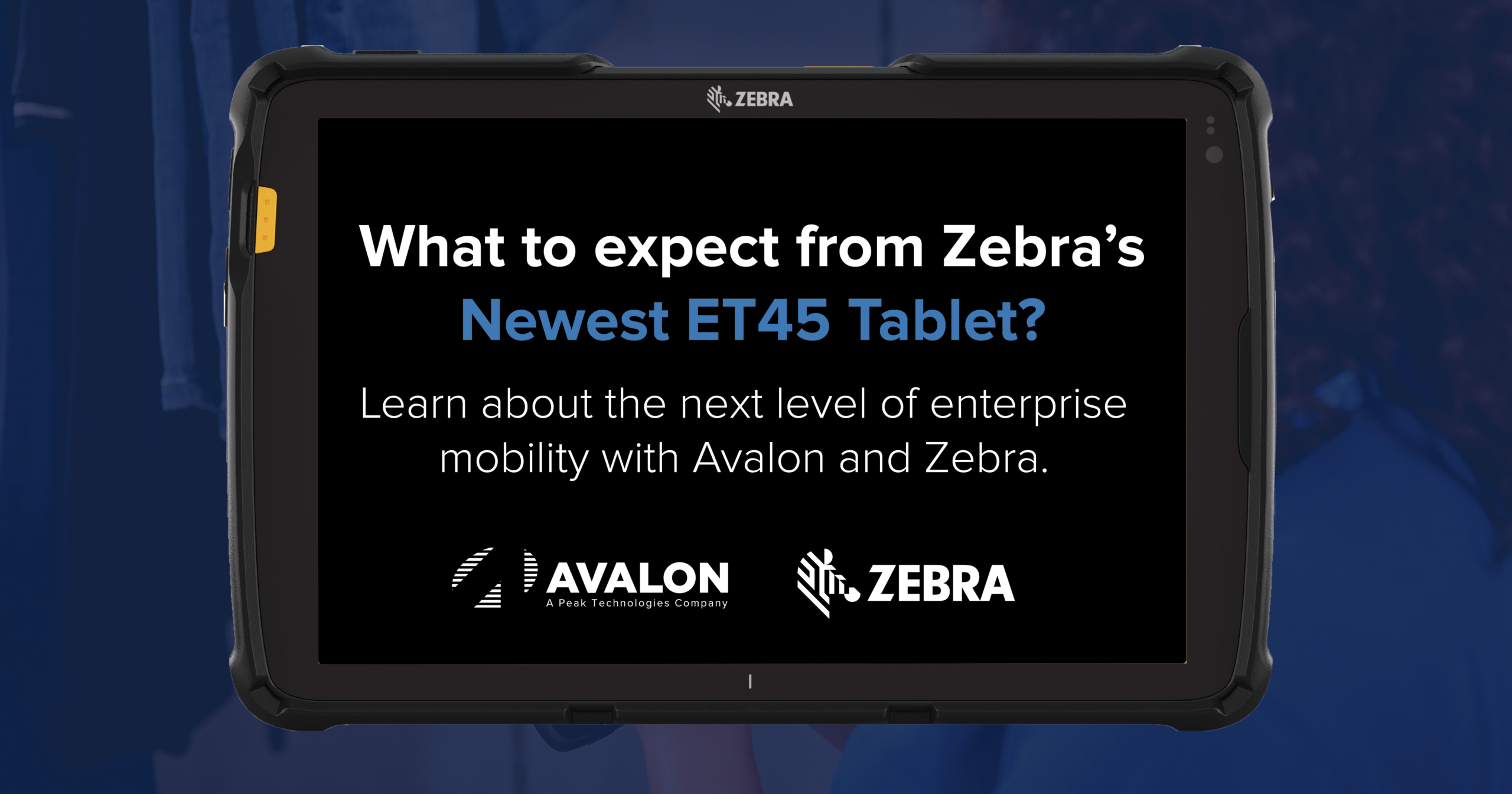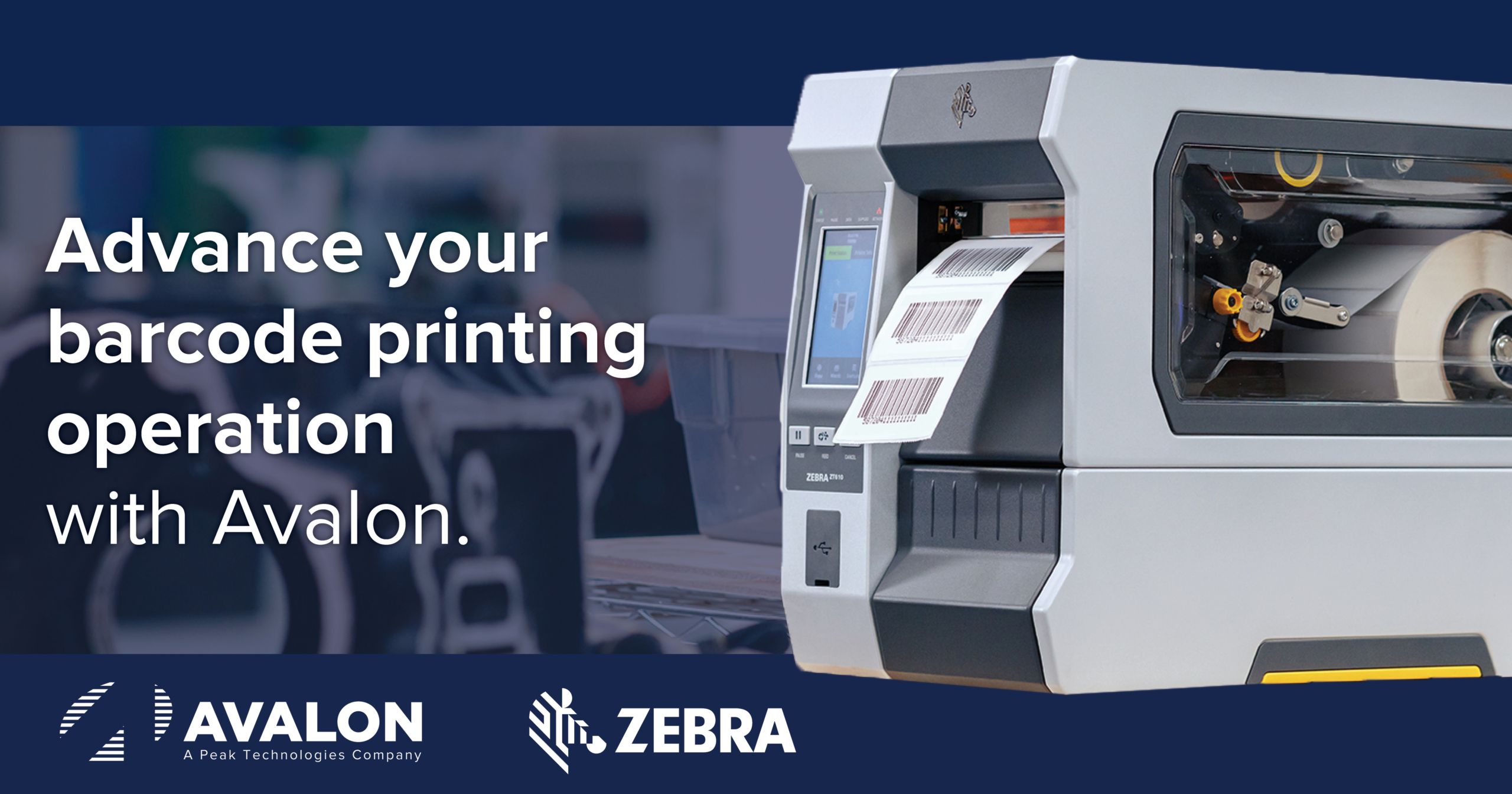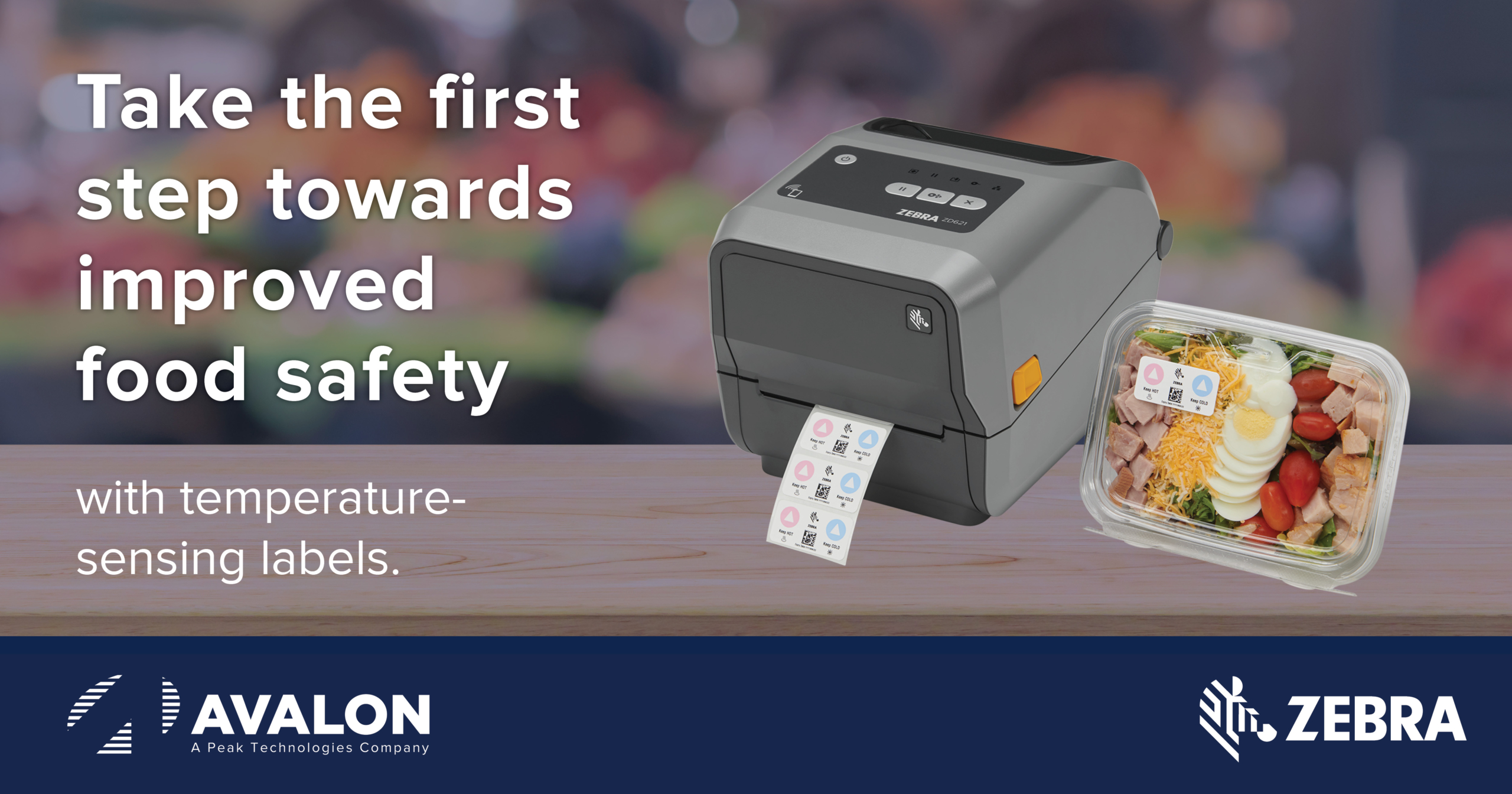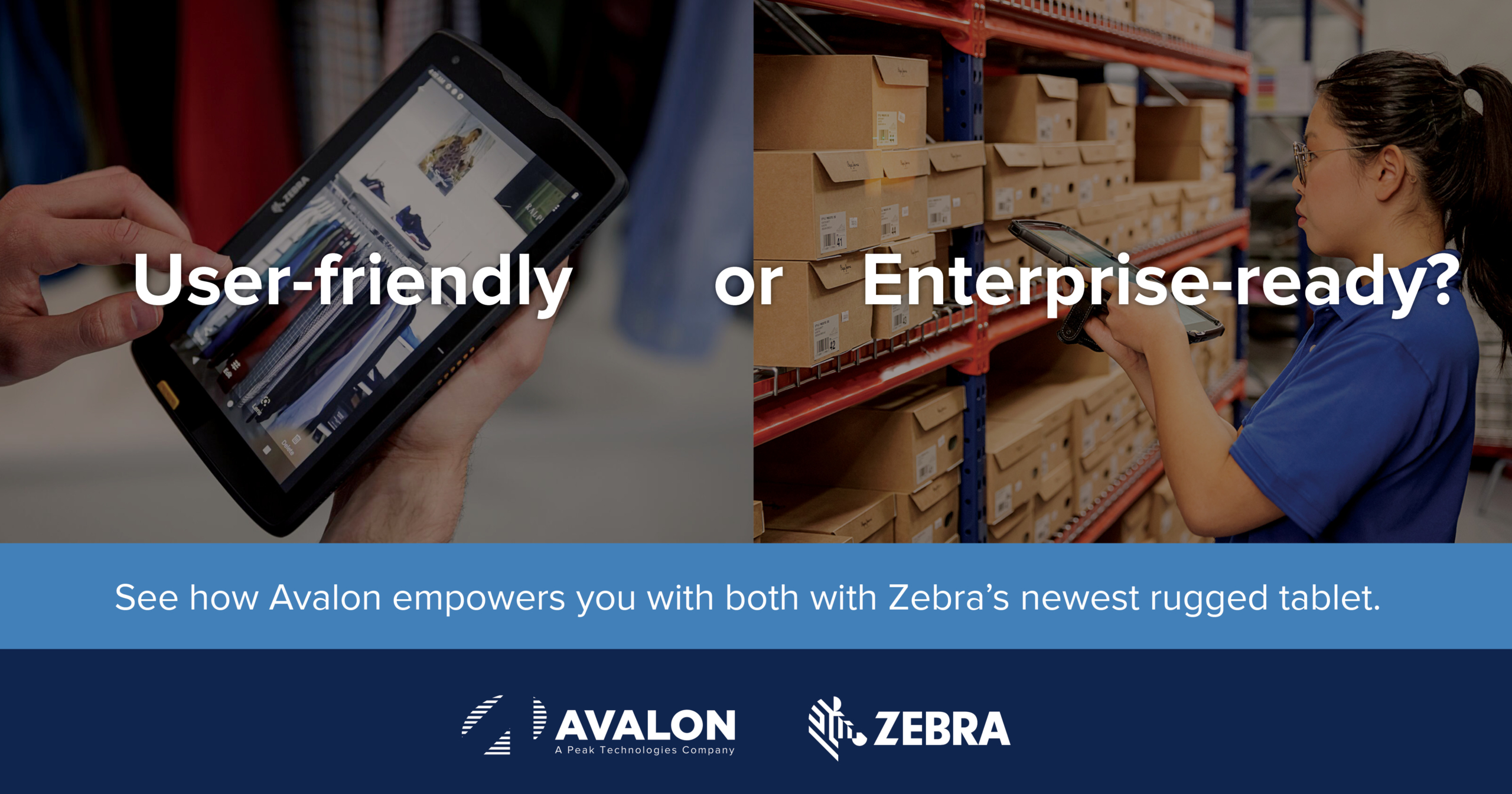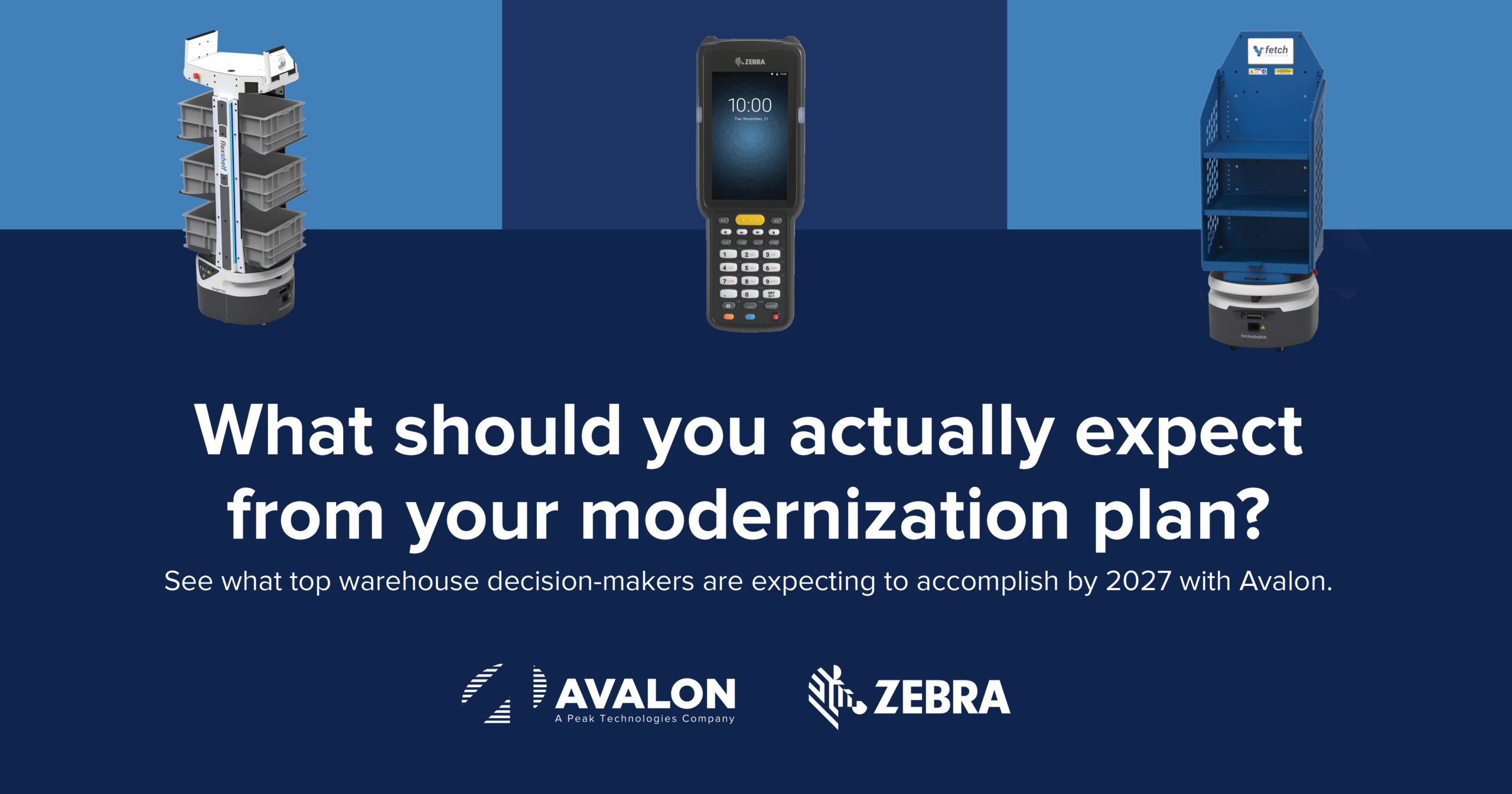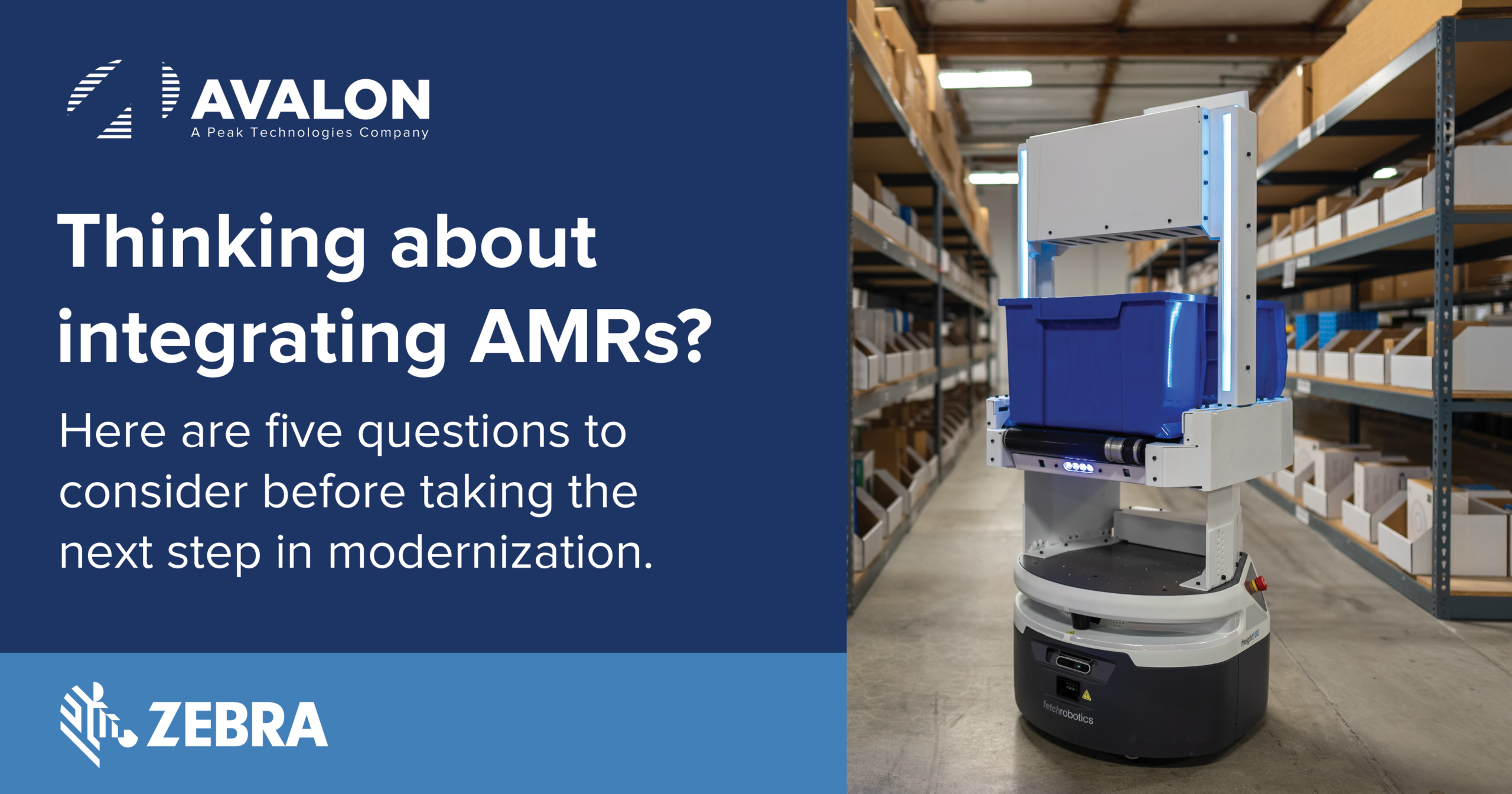If you are considering purchasing consumer-grade tablets, there are hidden costs that you should first understand. While consumer tablets can be enticing due to their low cost, their features, durability, and barcode scanning capabilities could be less than ideal. Reasons like these are making associates prefer rugged enterprise tablets that deliver more and can still be cost-effective. Studies show that nearly two-thirds of associates believe rugged tablets can help them deliver a better customer experience and increase worker satisfaction over consumer tablets. As the global market share of tablets is estimated to grow at 8% to $1,468.4 million by 2027, more supply chain decision-makers are switching to enterprise tablets because they can help improve the efficiency and performance of their workforce.
Businesses that don’t adapt to associate needs and supply chain trends could ultimately suffer from outdated operations, which leads to lost customers and diminished productivity. Here are some questions to consider when thinking about purchasing a tablet solution for your enterprise:
- Can the tablet reduce operational costs and downtime that stem from lost productivity and broken devices?
- Does the tablet empower your workers to work faster and smarter?
- Is it equipped to handle heavy data capture needs?
Redefine enterprise operations with the right features.
Finding an enterprise tablet that addresses these concerns can help improve operations and reduce errors. Fortunately, enterprise tablets like Zebra’s ET45 help deliver the functionality and versatility your business needs to adapt to trends. The ET45 redefines enterprise operations because it:
- Delivers dependable durability at a lower price – Built for business environments, the ET45 delivers dependable performance in tough environments. Its design withstands drops, indoor and outdoor environments, and extreme temperatures for improved performance. Additional tablet accessories also enhance portability and durability in more demanding environments. All at a cost that rivals consumer tablets.
- Enhances data capture capabilities for scan-intensive environments – Your mission-critical workers should have access to world-class integrated scanning. Zebra’s ET45 tablet delivers split-second, first-time data capture of virtually every barcode, in practically any condition. For dependable, simple scanning or advanced range scanning, the ET45 is equipped to empower your workers to scan in virtually any environment. With the ability to simultaneously capture up to 100 barcodes, even on multiple labels with a single scan, this enterprise tablet helps create higher accuracy.
- Empowers workers to work faster and smarter with the right options – Get the fastest wireless connectivity to keep you connected anywhere with WiFi 6e and 5G speeds. Better connectivity gives workers access to the fastest networks which help them collaborate on important tasks when demands are high.
- Expand versatility with complimentary tools – Improve every aspect of the device lifecycle with features that deliver a built-in advantage. Features like Mobility Extensions and StageNow offer improved security and staging for easier device management.
A rugged enterprise tablet can redefine operations with advanced features that support higher performance. Talk to an expert at Avalon today to evaluate a tablet solution that meets your business needs.

